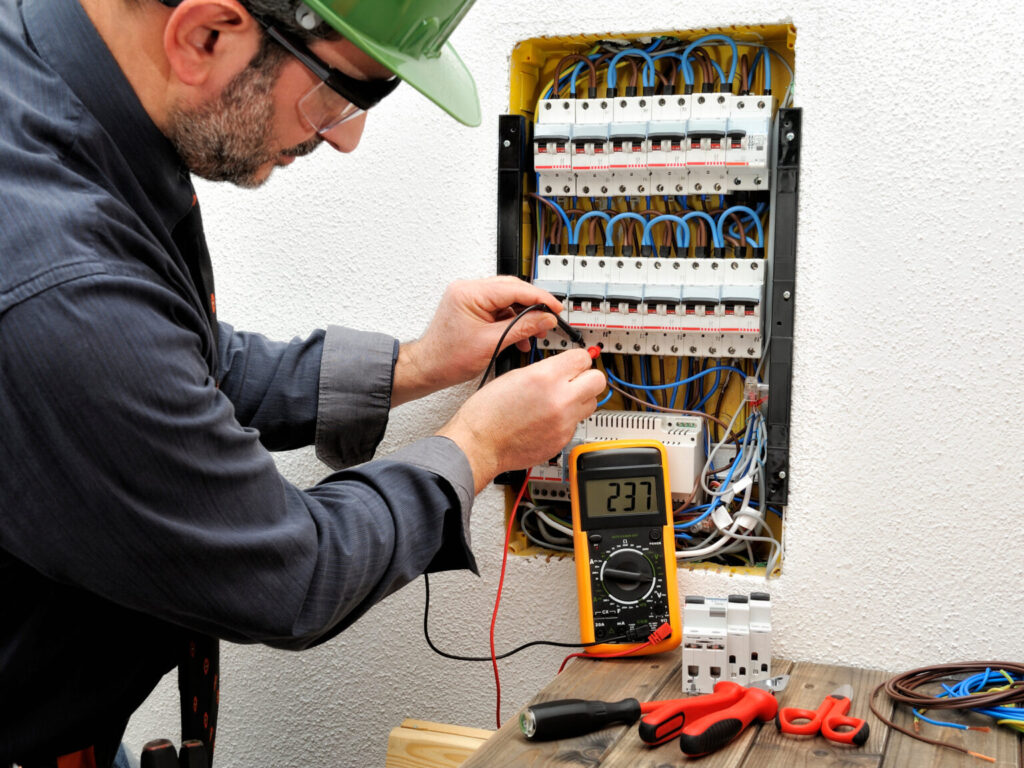Consistency is a fundamental aspect when it comes to power generation. Whether it’s for residential, commercial, or industrial use, a steady power output is crucial for the smooth functioning of our modern society. In this blog post, we will delve into the importance of ensuring consistent power output and explore various strategies and technologies that help achieve this goal.
The Significance of Consistent Power Output
A consistent power output is essential for several reasons:
1. Reliability and Dependability
A steady power supply ensures that homes, businesses, and industries can operate without interruptions. It provides individuals with the comfort of knowing that essential services, such as lighting, heating, cooling, and communication, will remain functional. For businesses and industries, a reliable power source is critical for maintaining productivity and preventing financial losses due to downtime.
2. Safety and Security
Consistent power output is crucial for maintaining safety and security systems. Emergency services, hospitals, and critical infrastructure rely on uninterrupted power to operate essential equipment and ensure public safety. Additionally, consistent power is vital for security systems such as surveillance cameras, alarm systems, and access control, helping protect properties and individuals.
3. Economic Growth and Development
A consistent power supply is a catalyst for economic growth and development. Industries require a steady power output to operate machinery, run production lines, and meet consumer demands. In regions where power outages are frequent or unstable, businesses may face higher costs, reduced productivity, and a lack of investor confidence. Consistency in power output promotes a stable business environment and attracts investment, leading to economic prosperity.
Harnessing Solar Power
One of the strategies being adopted to ensure consistent power output is the harnessing of solar energy. Utah, with its abundant sunshine, has proven to be an ideal location for solar installations. The state’s commitment to renewable energy has led to a significant rise in the number of solar installations. These solar panels not only provide a sustainable power source but also contribute to the consistency of power output.
Utah’s solar installations are a crucial component of the power grid. They generate electricity during the day, reducing reliance on other power sources and easing the demand during peak hours. Moreover, with the incorporation of modern storage solutions like batteries, they can store excess power generated during the day for use during the night or cloudy days, maintaining a steady power flow.
As more homes and businesses in Utah turn to solar power, they enjoy a reliable, uninterrupted power supply, contributing to operational efficiency and economic growth. Furthermore, the consistent power output from these solar installations underscores their role in enhancing safety and security by ensuring that critical systems remain operational. This renewable energy initiative in Utah showcases the potential of solar power in contributing to consistent power output.
Strategies for Ensuring Consistent Power Output
To achieve a steady power output, various strategies and technologies are employed:
1. Diversification of Energy Sources
Diversifying energy sources reduces the reliance on a single power generation method, thereby enhancing the stability of the overall power system. By combining renewable energy sources like solar, wind, hydro, and geothermal with traditional sources like natural gas or nuclear power, a more consistent and reliable power supply can be achieved. This approach helps mitigate the effects of weather conditions, resource availability, and equipment failures.
2. Energy Storage Systems
Energy storage systems play a crucial role in ensuring consistent power output. They enable the capture and storage of excess electricity during periods of high generation and release it during peak demand times or when generation capacity is low. Battery storage, pumped hydro storage, and flywheel systems are examples of energy storage technologies that help balance and stabilize the power grid, ensuring a steady flow of electricity.
3. Grid Management and Smart Grid Technologies
Effective grid management is essential for maintaining consistent power output. Smart grid technologies leverage advanced sensors, communication systems, and data analytics to monitor and manage electricity supply and demand in real-time. These technologies allow for efficient load balancing, quick identification and resolution of issues, and the integration of diverse energy sources into the grid, resulting in a more stable and reliable power supply.
4. Maintenance and Upkeep
Regular maintenance and upkeep of power generation infrastructure are crucial to ensure consistent power output. Routine inspections, testing, and proactive repairs help identify and address potential issues before they escalate and lead to power disruptions. Additionally, investing in modernizing and upgrading aging infrastructure helps enhance reliability and efficiency, reducing the chances of unexpected outages.
Consistent power output is a cornerstone of modern society, driving economic growth, ensuring safety and security, and enhancing our quality of life. To achieve this goal, it is essential to embrace strategies such as diversification of energy sources, energy storage systems, smart grid technologies, and regular maintenance and upkeep.
As we continue to rely on electricity for almost every aspect of our lives, ensuring a steady power supply becomes increasingly critical. By adopting these strategies and investing in technologies that enhance consistency and reliability, we can build a resilient power system that meets the needs of today while safeguarding our future.

Leave a Reply